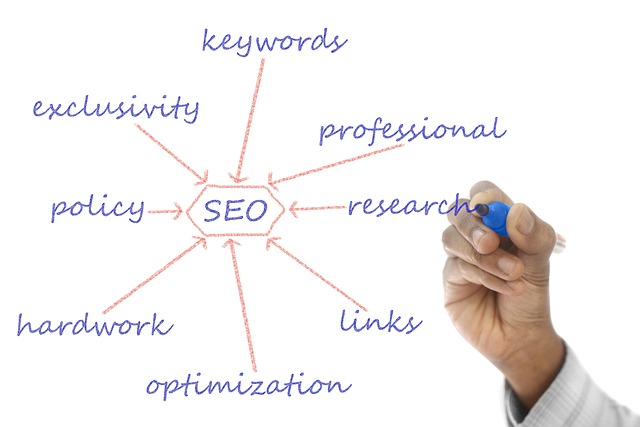Navigating the Rough Seas of Online Interaction
Ah, social media. A place for connection, sharing, learning, and… well, encountering individuals who seem determined to disrupt the peace. If you spend any significant time online, you’ve likely bumped into them: the trolls. They lurk in comment sections, reply chains, and forums, leaving behind negativity, provocation, and often, outright harassment. Dealing with these digital mischief-makers has become less of an occasional nuisance and more of an essential skill in today’s online world. It’s a trend you can’t ignore if you want your social media experience, or your brand’s presence, to be anything but a constant headache.
The Real Social Media Impact of Trolls
Beyond the personal annoyance, trolls have a tangible negative impact on social media. For individuals, they can create anxiety, silence voices, and make online spaces feel unsafe. For businesses and content creators, they can derail discussions, damage reputation, scare away legitimate followers, and consume valuable time and energy that could be spent on productive engagement. Their presence degrades the quality of discourse and can make platforms feel toxic, pushing people away from valuable online communities. Effectively managing trolls isn’t just about keeping your cool; it’s about protecting your online environment and ensuring social media remains a useful tool rather than a source of stress.
Strategies for Social Media Troll Management
So, what’s a digital denizen to do? While ignoring them is often the first piece of advice, effective troll management on social media is a bit more nuanced. It requires a proactive approach and a clear strategy.
- Identify, Don’t Engage (Often): Learn to spot the difference between a genuine critic and a troll. Trolls typically aren’t interested in constructive dialogue; they want a reaction. Engaging with them usually just pours fuel on the fire.
- Know When to Use the Tools: Social media platforms offer tools for a reason. Don’t hesitate to use the block, mute, or report functions. Blocking removes their ability to interact with you, muting hides their activity from your view, and reporting alerts the platform to potentially harmful behavior.
- Set Clear Boundaries and Guidelines: Whether it’s your personal profile or a community page you manage, having clear community guidelines or a stated policy on handling harassment can empower you to take action and inform others what is acceptable.
- Curate Your Feed: Use privacy settings, filter keywords, and carefully choose who you connect with. While you can’t control the entire internet, you can influence your immediate social media environment.
- Focus on the Positive: Spend your energy engaging with supportive followers and building positive interactions. Drowning out negativity with positive activity can sometimes be effective, and it certainly boosts your own morale.
- Document If Necessary: In cases of severe harassment or threats, keep records (screenshots, dates, times). This can be important if you need to report to the platform or, in extreme cases, law enforcement.
Ultimately, managing trolls is an ongoing process. It’s about being prepared, protecting your peace of mind, and maintaining the ability to use social media effectively despite the presence of those who seek to disrupt it. By adopting smart strategies, you can minimize their impact and keep your online interactions more positive and productive.




